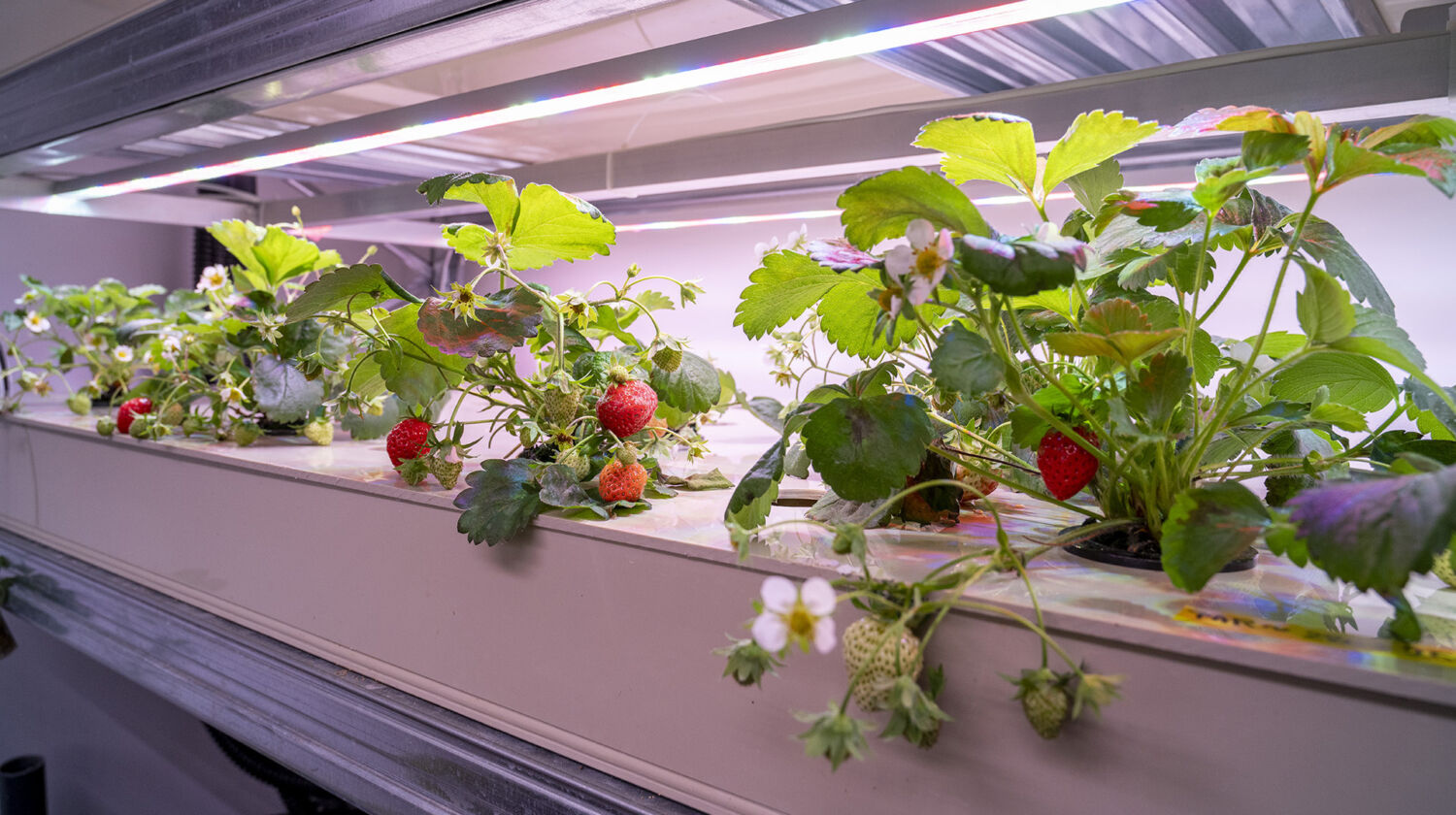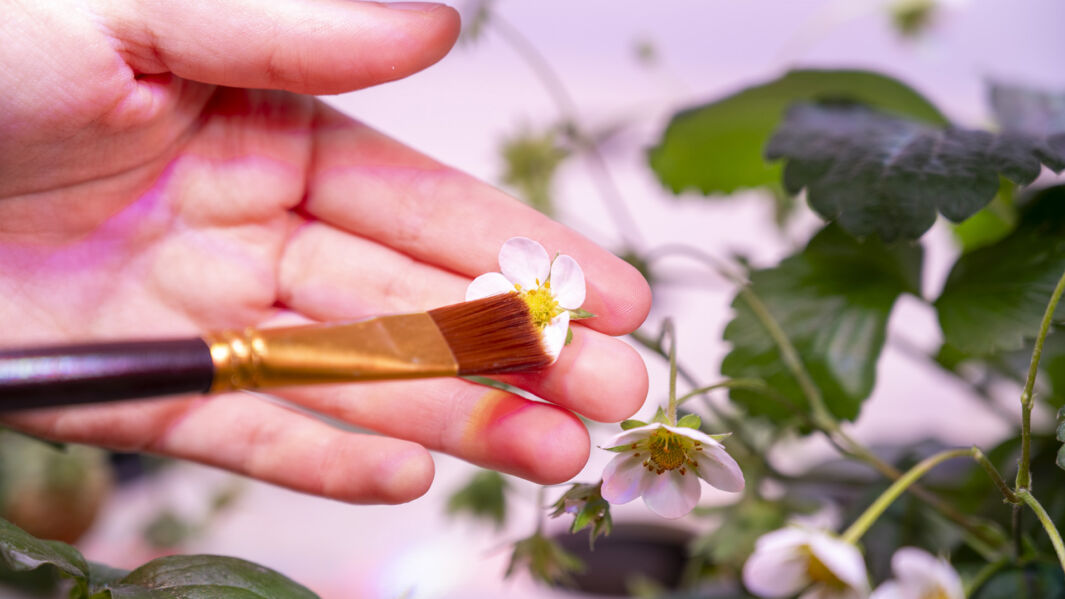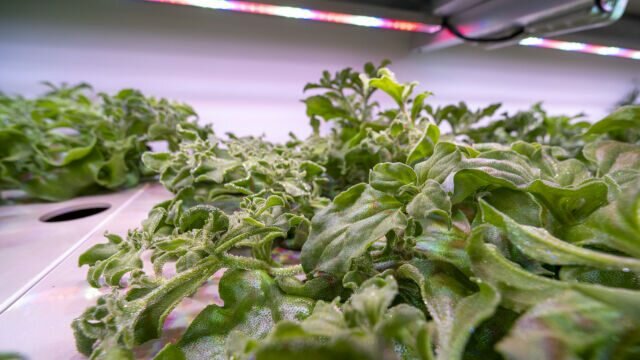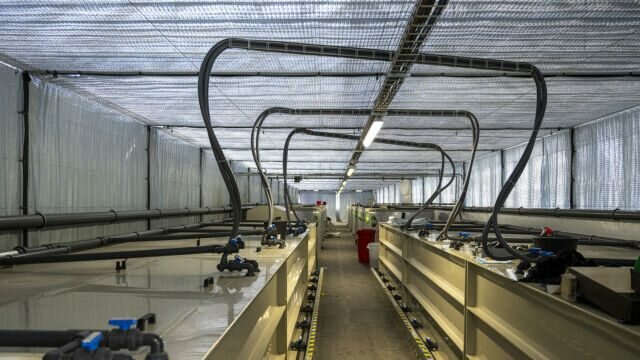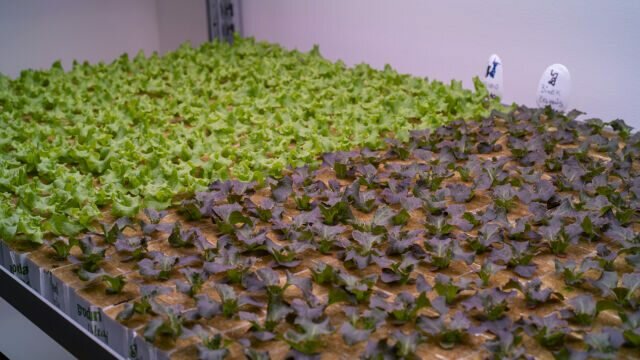In today’s dynamic world, farmers, in collaboration with the research community, are constantly trying to find innovative ways to produce food more efficiently and sustainably. Every year, our Future Farming R&D department focuses on new approaches to growing crops. Currently, we are intensively testing the production of strawberries from seedlings in both aquaponics and hydroponics.
Hydroponic vs aquaponic strawberry cultivation
A strawberry growing trial is underway in our research laboratory in our Kaly Aquaponic Farm, comparing pure hydroponic growing with subsidised aquaponics. Under both systems (hydroponics and aquaponics) different substrate options – Grodan, half volume Grodan, coconut grit and a substrateless system – have been tested. The substrate-free option performed best in both the aquaponic and hydroponic systems, achieving above average results. This signals not only potential ecological benefits but also economic savings and more efficient growing results.
Pollination of strawberry trees without traditional pollinators
When testing the aquaponic and hydroponic growing of strawberries in an indoor growing environment, our researchers had to deal with pollination of the plants. Strawberries, like many other crops, require pollination of the flowers for successful fruit development. Although self-pollination (i.e. pollination within a single flower) is guaranteed in new strawberry varieties (as in many other small fruit species and varieties), foreign pollination usually has a positive effect on final fruit formation and size.


